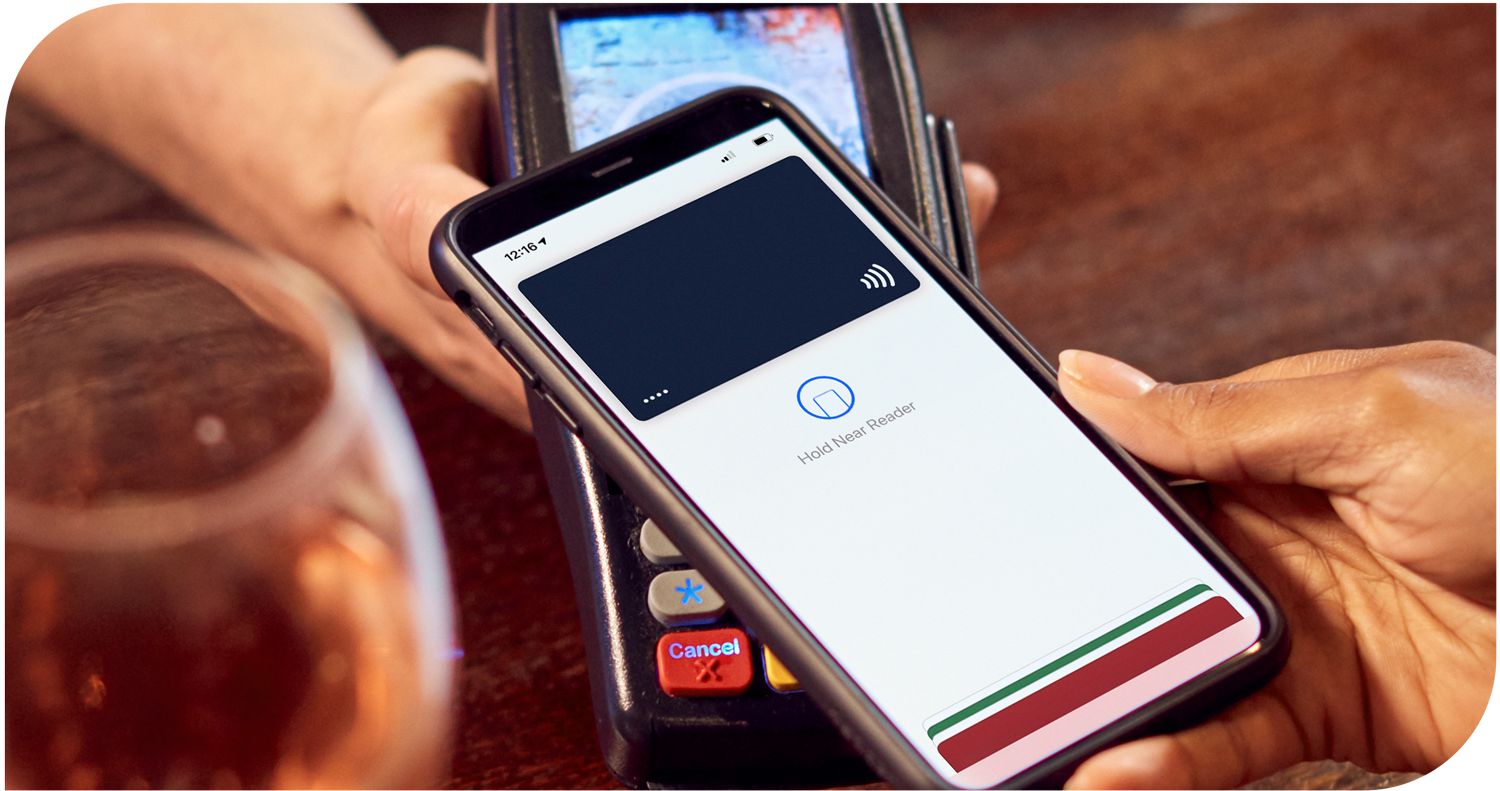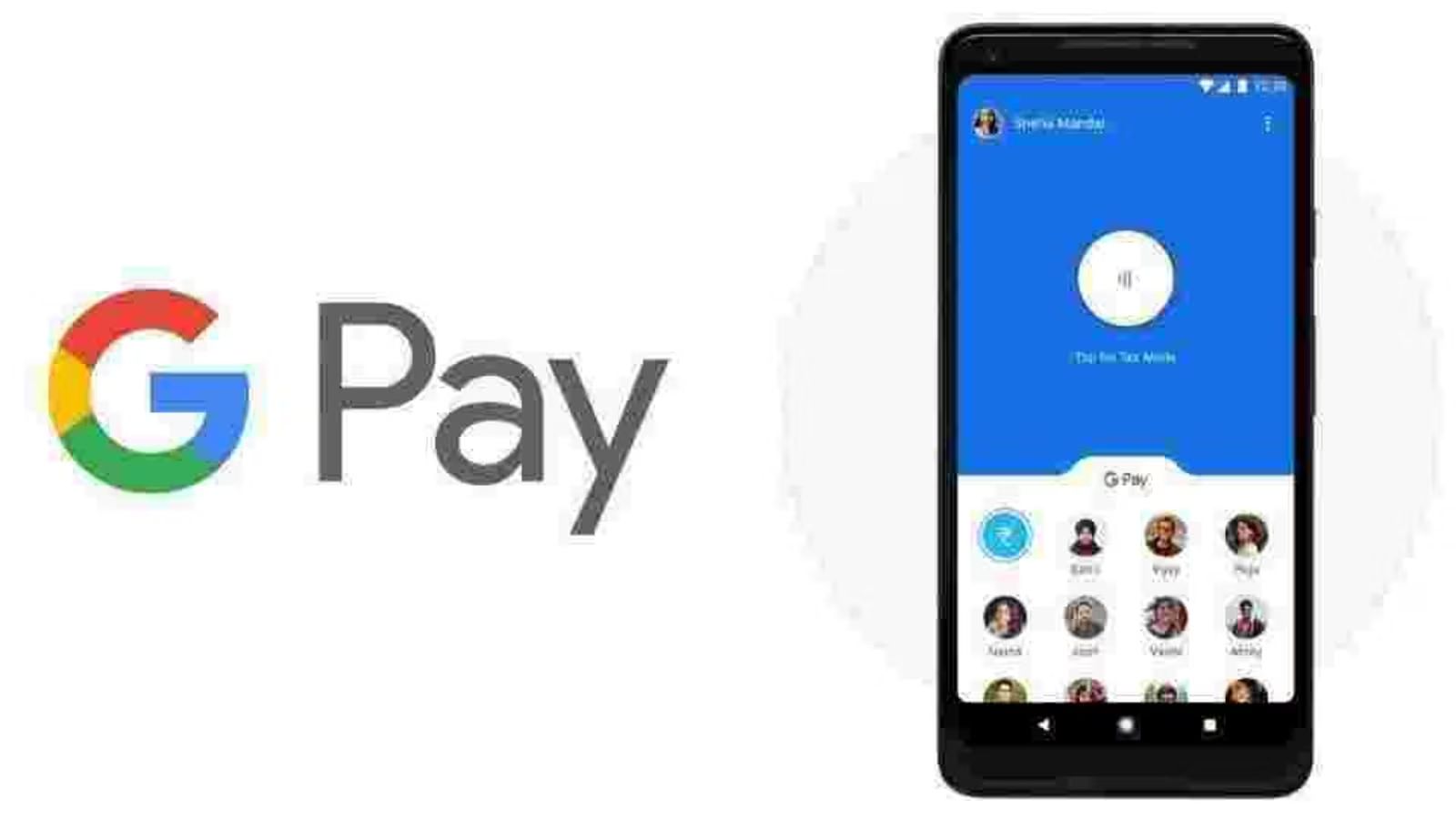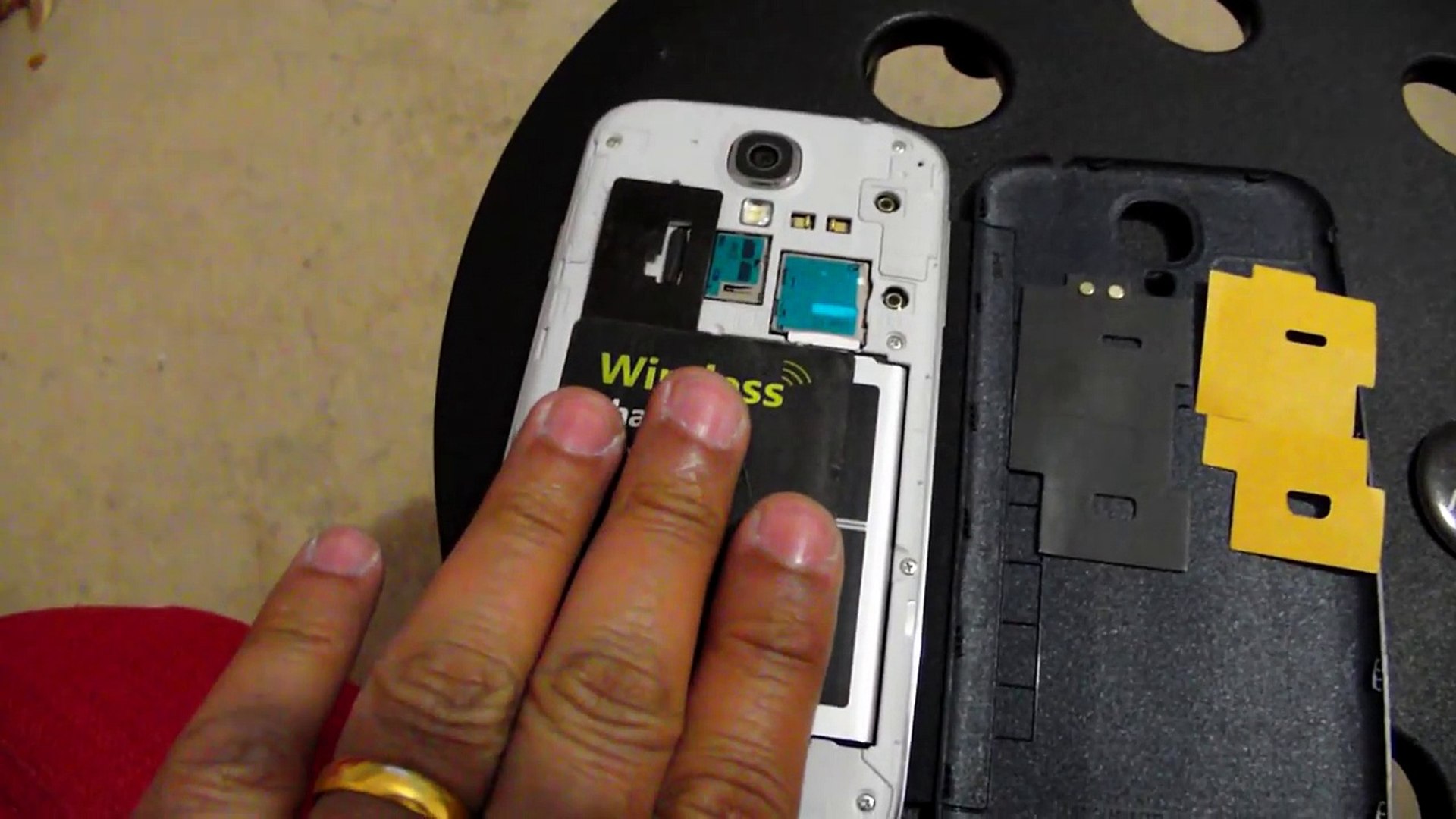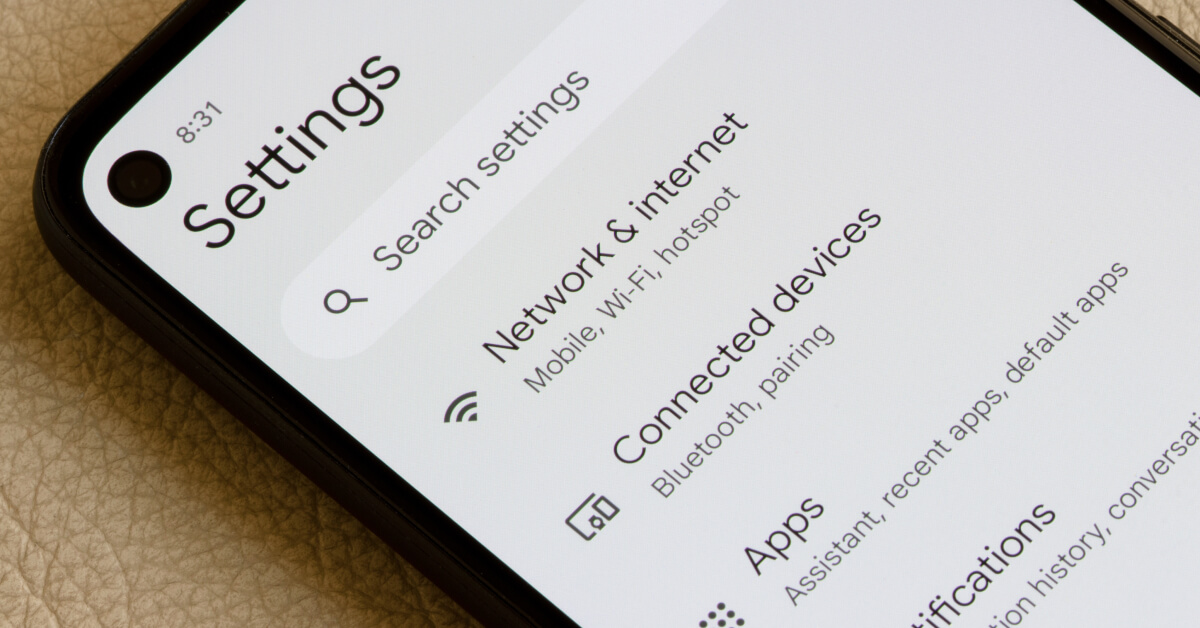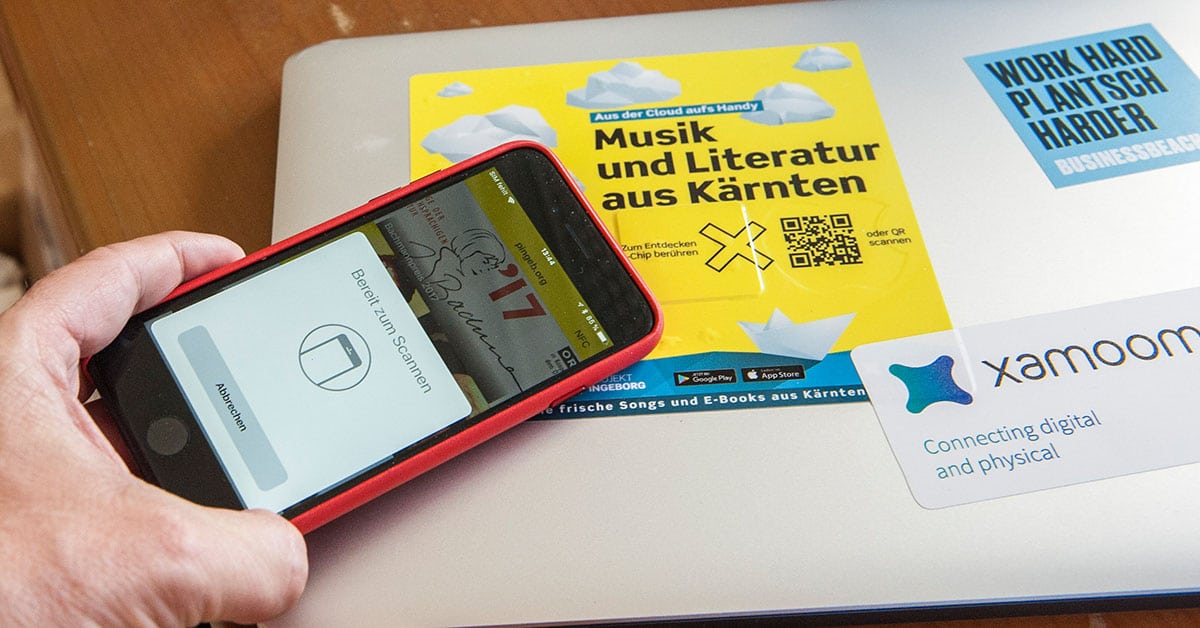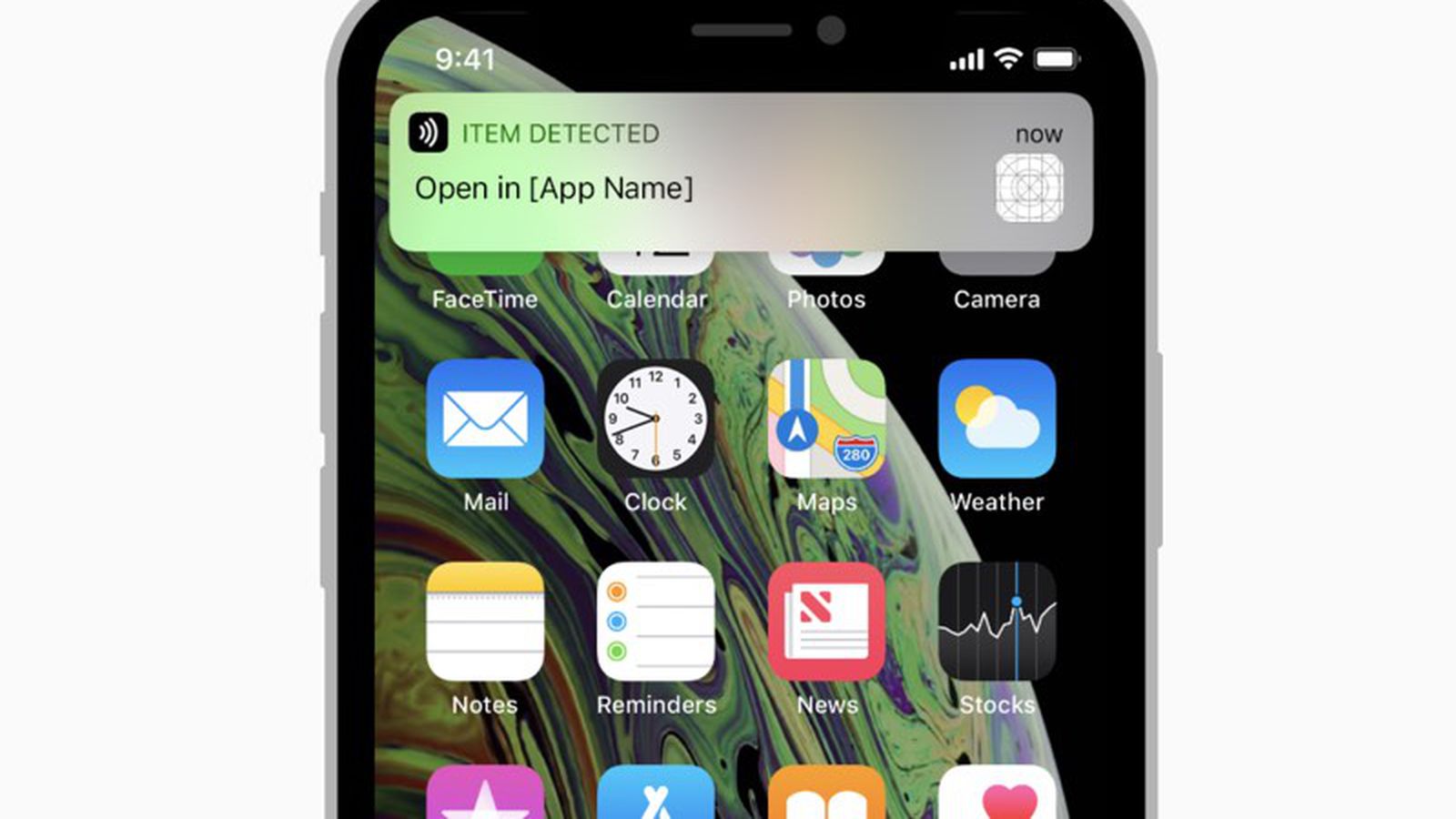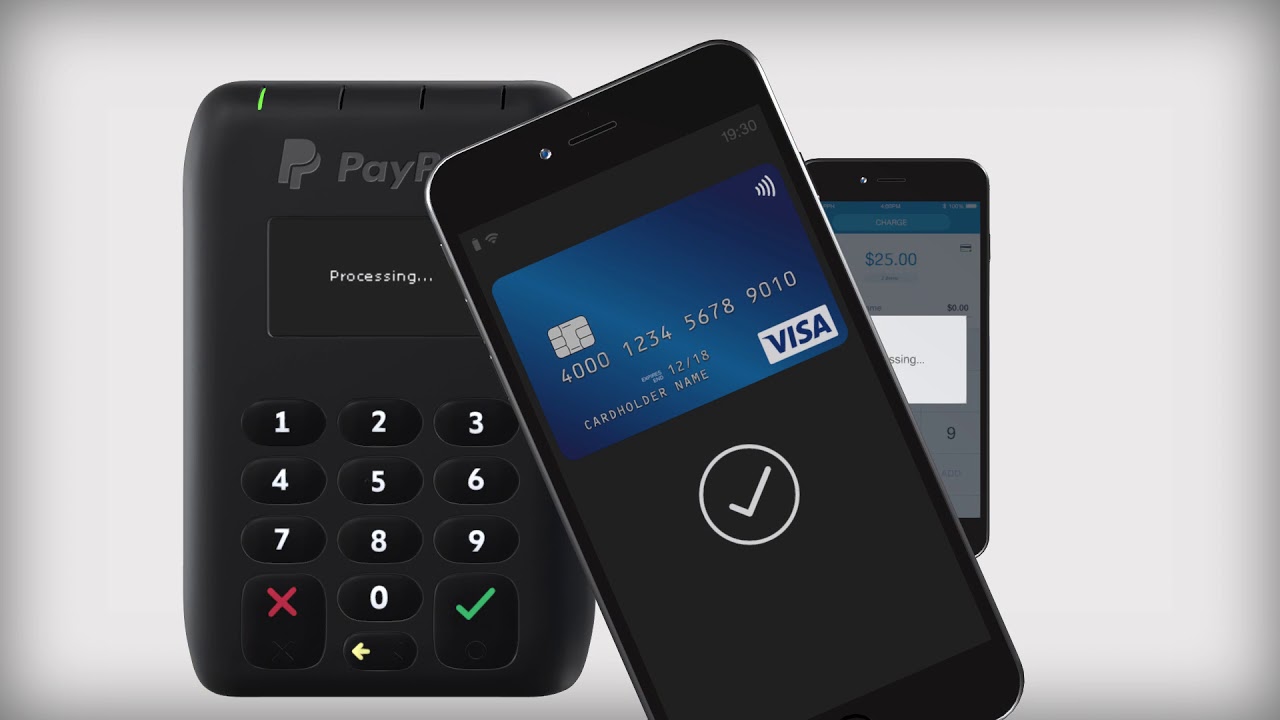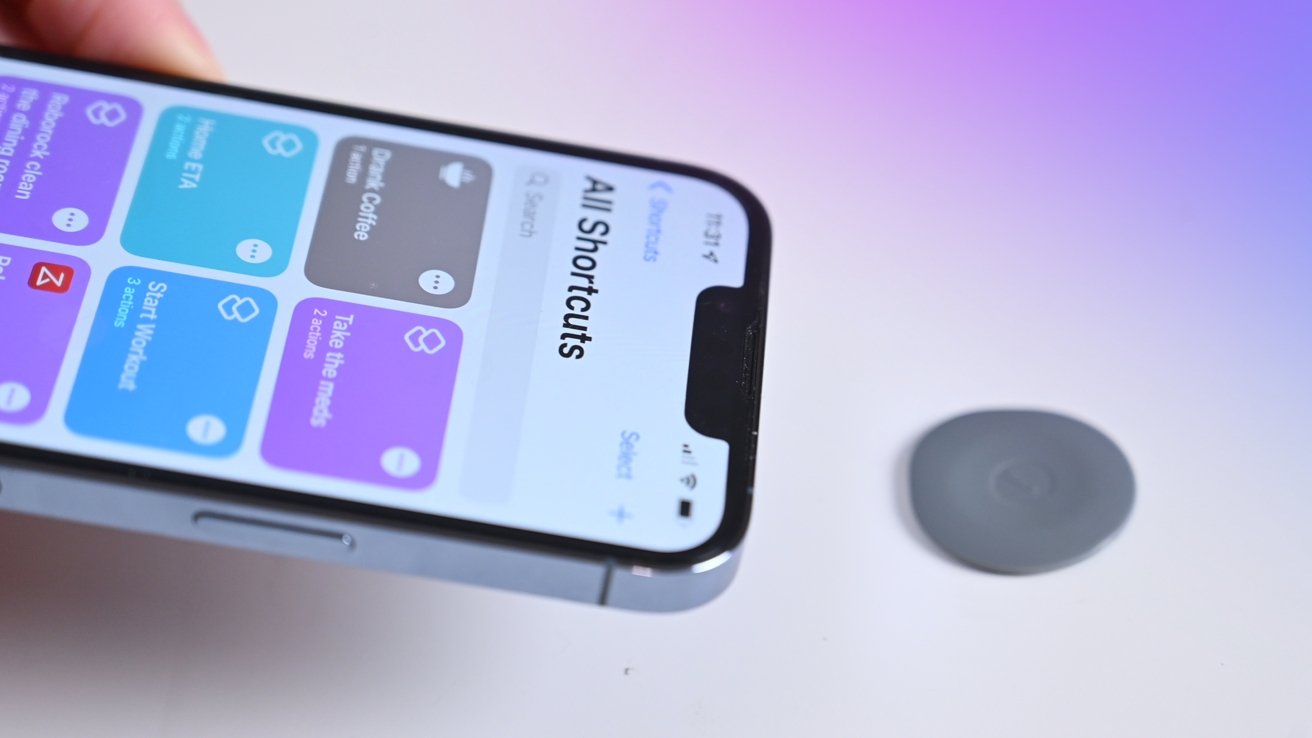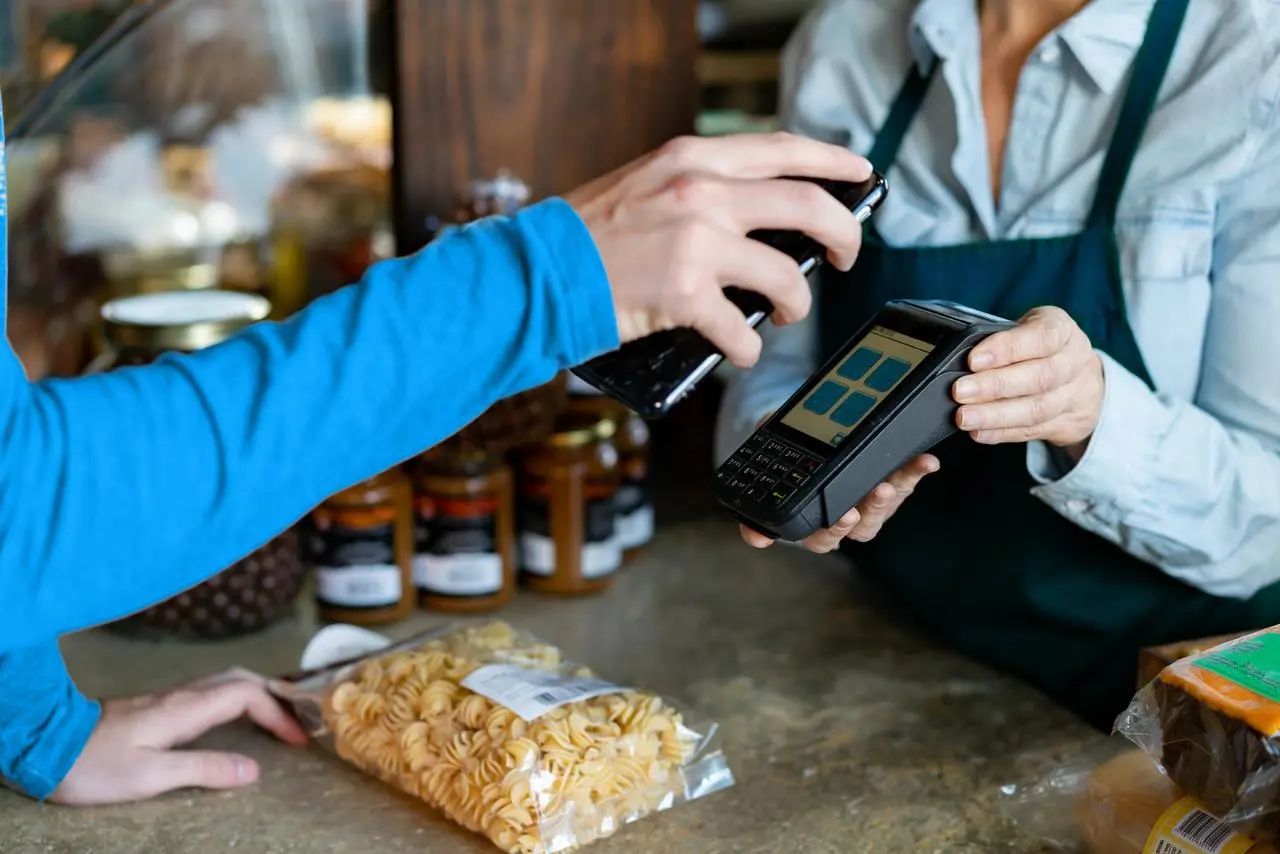What is NFC Payment?
NFC (Near Field Communication) payment is a technology that enables contactless transactions between a mobile device, such as a smartphone, and a point-of-sale (POS) terminal. It allows users to make payments by simply tapping their mobile device on a compatible payment terminal, eliminating the need for physical credit cards or cash.
With NFC payment, the mobile device communicates with the payment terminal using radio frequency identification (RFID), enabling a secure and seamless transaction. This technology has gained popularity due to its convenience, speed, and enhanced security features.
NFC payment can be used for a variety of transactions, including retail purchases, transportation fares, and even accessing buildings or events. It is supported by most mobile operating systems, including Android and iOS, making it widely accessible to smartphone users.
One of the key advantages of NFC payment is its speed. Transactions can be completed in a matter of seconds, significantly reducing checkout waiting times. This is particularly beneficial in high-traffic areas like supermarkets and crowded events, where time is of the essence.
Another significant advantage of NFC payment is its enhanced security. Every transaction is encrypted and requires authentication, ensuring that sensitive payment information remains protected. Additionally, the mobile device needs to be physically tapped on the payment terminal, reducing the risk of unauthorized transactions or card skimming.
NFC payment also offers a convenient way to manage your finances. Most payment applications provide a detailed transaction history, allowing you to keep track of your expenses easily. Additionally, many banks and financial institutions offer rewards and incentives for using NFC payment, such as cashback or loyalty points.
Overall, NFC payment provides a fast, secure, and convenient way to make transactions using your mobile device. As the technology continues to evolve and becomes more widely adopted, we can expect to see even more features and benefits in the future.
How does NFC Payment Work?
NFC (Near Field Communication) payment relies on a combination of hardware and software technology to facilitate secure and contactless transactions. Here’s how NFC payment works:
1. Device Compatibility: Both the mobile device and the payment terminal must have NFC capabilities to enable NFC payment. Most modern smartphones are equipped with NFC technology, while payment terminals are increasingly being upgraded to support NFC transactions.
2. Setup and Registration: To use NFC payment, the user needs to set up and register their preferred payment method in a compatible mobile payment application. This typically involves linking a credit or debit card to the mobile payment app or setting up a digital wallet.
3. Transaction Initialization: When making a payment with NFC, the user initiates the transaction by unlocking their mobile device and bringing it within close proximity to the payment terminal. This prompts the mobile device to establish a connection with the payment terminal using NFC technology.
4. Secure Data Exchange: Once the connection is established, the mobile device and the payment terminal use a secure communication protocol to exchange payment information. This information is encrypted to prevent unauthorized access or data interception.
5. Authentication: To ensure the transaction’s security, the user may need to authenticate themselves. This can involve using biometric authentication methods, such as fingerprint or facial recognition, or entering a PIN code to authorize the payment.
6. Payment Processing: After the authentication process, the payment terminal verifies the payment details and communicates with the respective payment network or financial institution to authorize the transaction. The payment network facilitates the transfer of funds from the user’s account to the merchant’s account. This process typically takes a few seconds.
7. Confirmation: Once the transaction is successfully authorized and completed, both the mobile device and the payment terminal display a confirmation message to indicate a successful payment. The user may also receive a digital receipt or transaction notification on their mobile device.
It’s important to note that NFC payment is a short-range communication technology, usually limited to a few centimeters. This ensures that the payment information remains secure and prevents accidental transactions from occurring when multiple payment terminals are nearby.
Overall, NFC payment streamlines the payment process by eliminating physical cards and allowing users to make secure transactions with a simple tap of their mobile device.
Benefits of Using NFC Payment
NFC (Near Field Communication) payment offers several benefits that make it an increasingly popular choice for consumers. Here are some key advantages of using NFC payment:
1. Convenience: One of the primary benefits of NFC payment is its convenience. With a simple tap of your mobile device, you can make quick and hassle-free transactions. This eliminates the need to carry physical wallets or rummage through your purse or pockets to find the correct card.
2. Speed: NFC payment is incredibly fast. Transactions can be completed in just a matter of seconds, significantly reducing waiting times at the checkout counter. This is particularly advantageous in busy environments like supermarkets or during peak hours where speed is of the essence.
3. Enhanced Security: Security is a crucial aspect of NFC payment. Each transaction is encrypted, ensuring that sensitive payment information remains protected. Additionally, the physical proximity required for NFC communication reduces the risk of unauthorized transactions or data interception.
4. Versatility: NFC payment is not limited to just retail purchases. It can be used for a variety of transactions, including transportation fares, ticket purchases, and access control for buildings or events. This versatility makes NFC payment a convenient and all-in-one solution for various payment needs.
5. Transaction History: Many NFC payment applications provide users with a detailed transaction history, allowing them to easily track and manage their expenses. This feature helps users stay organized and keep a record of their spending, making it easier to manage their finances.
6. Rewards and Incentives: Some banks and financial institutions offer rewards and incentives for using NFC payment. These can include cashback, loyalty points, or exclusive discounts at participating merchants. Taking advantage of these rewards can lead to additional savings and benefits.
7. Contactless and Hygienic: In light of recent global events, the contactless nature of NFC payment has become even more appealing. It reduces the need for physical contact with payment terminals, minimizing the risk of spreading germs or viruses through cash or card handling.
8. Future-Proof Technology: NFC payment is a rapidly evolving technology. As it continues to gain popularity, we can expect to see ongoing improvements and enhancements in terms of features, security measures, and compatibility. By adopting NFC payment, you are embracing a future-proof solution for your payment needs.
Overall, the benefits of NFC payment make it a compelling choice for consumers. Its convenience, speed, security, and versatility make it a convenient and secure alternative to traditional payment methods.
Setting Up NFC Payment
Setting up NFC (Near Field Communication) payment on your mobile device is a straightforward process. Here’s a step-by-step guide to help you get started:
1. Check Device Compatibility: Ensure that your mobile device supports NFC technology. Most modern smartphones, both Android and iOS, come equipped with NFC capabilities. You can typically find this information in your device’s settings or specifications.
2. Install a Compatible Payment App: Choose a mobile payment application that supports NFC payment. Popular examples include Google Pay, Apple Pay, Samsung Pay, or your bank’s dedicated payment app. Visit your device’s app store and download the app of your choice.
3. Set Up the App: Once the app is installed, open it and follow the on-screen instructions to set up your account. You may be required to enter personal information, link your bank account or credit card, and verify your identity. This step ensures a secure and seamless payment experience.
4. Enable NFC: In your device’s settings, navigate to the NFC settings and ensure that the NFC feature is enabled. This allows your device to communicate with compatible payment terminals. You may also need to enable additional features like “tap and pay” or “NFC payments” within the payment app itself.
5. Add Payment Methods: Within the payment app, add your preferred payment methods. This can include linking your debit or credit card or setting up a digital wallet. Follow the app’s instructions to securely add and verify your payment methods.
6. Set a Default Payment Method: If you have multiple payment methods added, you can set a default payment method within the app. This ensures that the selected payment method is automatically used for NFC transactions unless manually changed during the payment process.
7. Security Measures: Depending on the app and your device’s settings, consider enabling additional security measures such as passcodes, biometric authentication (fingerprint or facial recognition), or transaction notifications for added peace of mind.
8. Test the NFC Payment: Once you have completed the setup process, you can test your NFC payment by placing your device near a compatible payment terminal. Follow the payment terminal’s instructions and, if prompted, authenticate the transaction as required.
Remember to familiarize yourself with any specific instructions provided by your chosen payment app or your financial institution regarding NFC payment setup and security features. Additionally, keep your app and mobile device updated to ensure you have the latest features and security patches.
By following these steps, you can quickly set up and start using NFC payment on your mobile device, adding a convenient and secure payment method to your everyday transactions.
Registering a Payment Method
Registering a payment method is an essential step when setting up NFC (Near Field Communication) payment on your mobile device. Depending on the payment app you are using, there are a few methods for registering a payment method. Here’s a general guide to help you through the process:
1. Open the Payment App: Launch the mobile payment application on your device. This could be Google Pay, Apple Pay, Samsung Pay, or your bank’s dedicated payment app.
2. Navigate to Payment Settings: Look for the “Settings” or “Menu” option within the app. From there, find the section related to managing payment methods or adding new payment options.
3. Choose a Payment Method: Select the option to add a new payment method. Depending on the app, you may be given different choices such as adding a credit or debit card, setting up a digital wallet, or connecting a bank account. Choose the payment method that suits your needs.
4. Enter Payment Details: Enter the necessary details for the payment method you have chosen. This typically includes card information such as the card number, expiration date, and security code. If setting up a digital wallet, you may need to enter additional information or link it to a funding source.
5. Verification Process: After entering the payment details, the app may require additional verification for security purposes. This can be done through various methods such as receiving a verification code via SMS or email, confirming a small transaction amount, or using biometric authentication features like fingerprint or facial recognition.
6. Linking to Your Account: Once the payment method is added and verified, you may have the option to link it to your existing account within the app. This helps streamline the payment process and enables you to access your payment method easily during transactions.
7. Set Default Payment Method (Optional): If you have multiple payment methods registered, you may have the option to set a default payment method. This means that the selected payment method will be automatically used for NFC transactions unless manually changed during the payment process.
8. Privacy and Security Settings: It’s important to review and adjust any privacy or security settings within the payment app. Depending on the app, this could include options like requiring a passcode, enabling biometric authentication, or setting transaction limits to enhance the security of your payment methods.
By following these steps, you can successfully register a payment method in your mobile payment app for NFC transactions. Remember to always follow the app’s instructions and take necessary precautions to protect your payment information.
Paying With NFC
Paying with NFC (Near Field Communication) is a simple and convenient process that allows you to make contactless transactions using your mobile device. Here’s a step-by-step guide on how to pay with NFC:
1. Ensure NFC and Payment App are Enabled: Make sure that NFC is enabled on your mobile device. This can usually be done through the device’s settings. Additionally, ensure that your chosen payment app is open and ready to use.
2. Approach the Payment Terminal: When you are ready to make a payment, bring your mobile device close to the NFC-enabled payment terminal. The terminal is typically located near the cash register or point-of-sale (POS) system.
3. Unlock Your Device: If your device is locked, unlock it using your preferred method, such as entering your passcode, using biometric authentication (fingerprint or facial recognition), or swiping your screen, depending on your device’s settings.
4. Tap your Device: Once your device is unlocked, place it near the payment terminal. The NFC communication will be established between your device and the terminal. You might see or hear a confirmation signal, indicating that the connection has been successful.
5. Authenticate the Payment: Depending on your device’s security settings and the transaction amount, you may need to authenticate the payment. This can involve using biometric authentication, such as fingerprint or facial recognition, or entering a PIN code on your device. Follow the on-screen instructions to complete the authentication process.
6. Wait for Confirmation: After the payment is authenticated and processed, wait for a few seconds to receive confirmation on both your device and the payment terminal. This can include a payment success message, a transaction completion tone, or a digital receipt displayed on your device.
7. Keep Track of Your Transactions: Many mobile payment apps provide a transaction history within the app itself. This allows you to easily keep track of your purchases and expenses. Take advantage of this feature to stay organized and monitor your spending.
8. Secure Your Device: After the transaction is complete, make sure to secure your device again by locking it. This helps ensure the safety of your payment information and personal data.
Remember to consult your payment app or financial institution for any specific instructions or guidelines regarding NFC payments. Each app may have its own user interface and additional features related to NFC payment. By following these steps, you can confidently make quick and secure payments using NFC technology.
Troubleshooting NFC Payments
While NFC (Near Field Communication) payments are generally reliable and convenient, there might be instances where you encounter issues. Here are some common troubleshooting tips to help resolve any problems you may face when using NFC payments:
1. Check NFC Setting: Ensure that NFC is enabled on your mobile device. Go to the device’s settings and verify that the NFC feature is turned on. If it’s already enabled, try toggling it off and then back on to refresh the connection.
2. Positioning: Properly align your mobile device with the payment terminal. Ensure that the NFC antennas on both the device and the terminal are in close proximity and facing each other. Sometimes, a slight adjustment in positioning can improve the NFC communication.
3. Remove Phone Case: If you are using a phone case, remove it temporarily and try initiating the NFC payment again. Thick or metallic cases can interfere with the NFC signal, hindering the communication between your device and the payment terminal.
4. Clean Device and Terminal: Check if there are any dirt, debris, or residue on the NFC antennas of your device or the payment terminal. Clean them gently using a soft cloth to ensure a clear and uninterrupted NFC connection.
5. Update Payment App: Keep your payment app updated to the latest version. Updates often include bug fixes and improvements that can address any performance issues related to NFC payments. Visit your device’s app store to see if there are any available updates for your payment app.
6. Restart Device: Sometimes, simply restarting your mobile device can resolve temporary glitches or conflicts that might be affecting the NFC functionality. Power off your device, wait a few seconds, and then turn it back on before attempting to make an NFC payment again.
7. Contact Customer Support: If you have followed the troubleshooting steps above and are still experiencing issues with NFC payments, reach out to the customer support of your payment app or financial institution. They can provide further assistance and guide you through specific troubleshooting steps.
8. Consider Alternative Payment Method: If all else fails, consider using an alternative payment method, such as a physical card or cash, until the issue with NFC payments is resolved. It is always good to have a backup plan in case of any technical difficulties.
Remember, specific troubleshooting steps may vary depending on your device, payment app, and the payment terminal you are using. It’s always recommended to refer to the user manual or contact the relevant customer support for more targeted guidance.
By following these troubleshooting tips, you can maximize the success rate of your NFC payments and enjoy a seamless and convenient payment experience.







